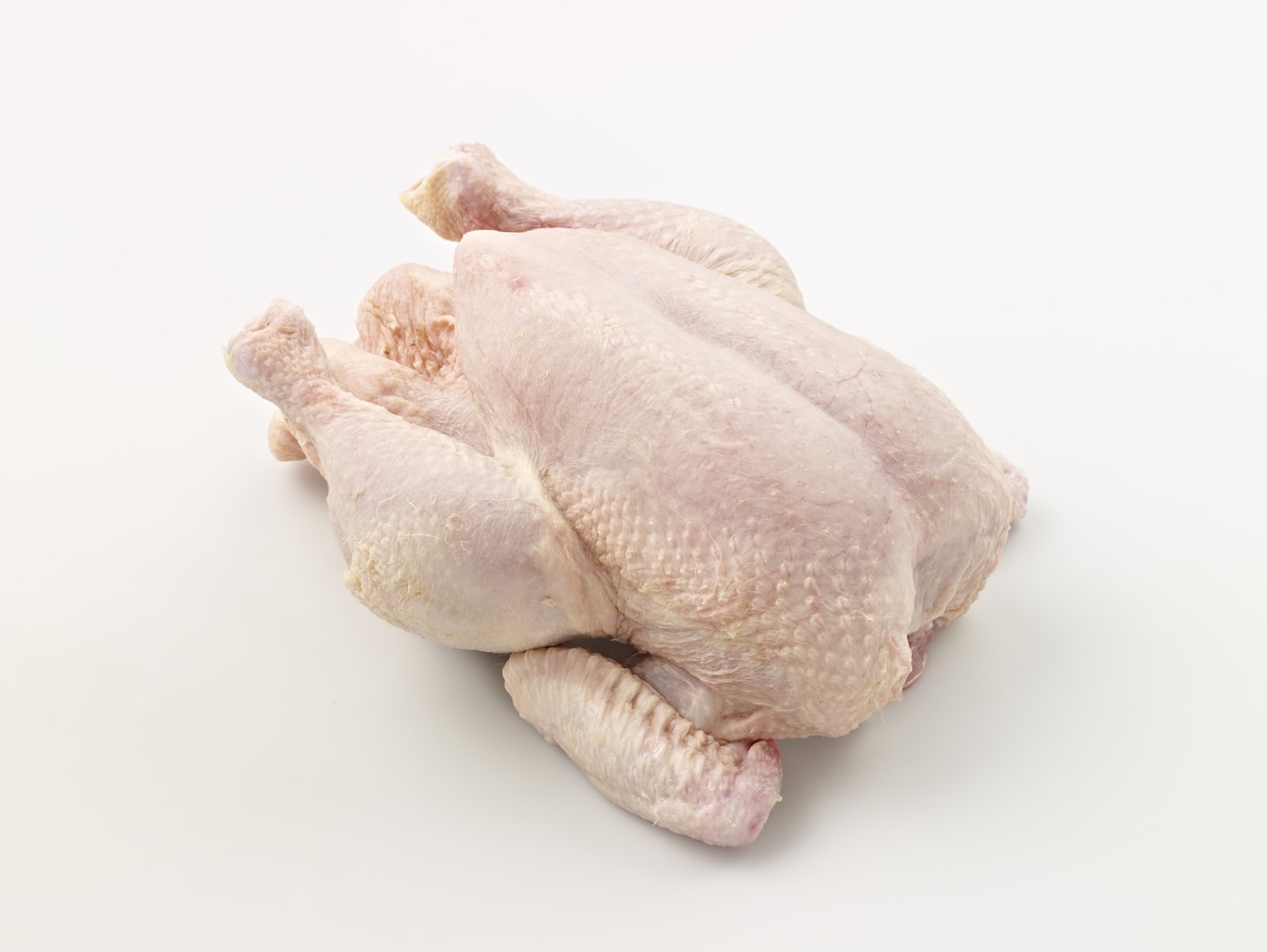

Articles
How To Store Raw Chicken
Modified: August 25, 2024
Learn the proper way to store raw chicken in this informative article. Follow these guidelines to ensure food safety and prevent spoilage.
(Many of the links in this article redirect to a specific reviewed product. Your purchase of these products through affiliate links helps to generate commission for Storables.com, at no extra cost. Learn more)
Introduction
Welcome to the world of culinary delights! If you’re an aspiring chef or even just someone who enjoys cooking at home, you know that one of the key ingredients in many dishes is chicken. From succulent roast chicken to sizzling stir-fries, there’s no shortage of tasty recipes that feature this versatile meat. However, it’s important to remember that proper chicken storage is crucial for maintaining its quality and preventing the growth of harmful bacteria.
In this article, we’ll delve into the world of raw chicken storage and explore the best practices to ensure its freshness and safety. We’ll cover everything from choosing the right packaging and refrigeration guidelines to freezing methods and thawing techniques. By the end, you’ll be equipped with the knowledge necessary to keep your chicken at its best until it’s time to cook up a storm.
So, let’s dive in and discover the secrets to storing raw chicken!
Key Takeaways:
- Proper chicken storage is crucial for maintaining quality, flavor, and food safety. Choose the right packaging, refrigerate correctly, and follow safe storage practices to enjoy fresh and safe meals with high-quality chicken.
- Recognize signs of spoiled chicken to avoid foodborne illnesses. Trust your senses and discard chicken with foul odor, slimy texture, color changes, mold growth, excessive moisture, or off taste. Prioritize food safety for a healthy dining experience.
Read more: How To Store Raw Beef
Importance of Proper Chicken Storage
Proper chicken storage is essential for several reasons. Firstly, it helps to maintain the quality and flavor of the meat. Nobody wants to bite into a piece of rubbery or off-flavored chicken, so ensuring that it is stored correctly will contribute to a more enjoyable dining experience.
Secondly, and perhaps more importantly, is the issue of food safety. Raw chicken can harbor harmful bacteria such as Salmonella and Campylobacter. If not handled and stored properly, these bacteria can multiply and cause foodborne illnesses. It’s estimated that millions of people worldwide suffer from food poisoning each year, and chicken is one of the main culprits.
By following proper storage procedures, you can greatly reduce the risk of bacterial growth and keep yourself and your loved ones safe. It’s our responsibility as cooks and consumers to prioritize food safety and take the necessary precautions when handling raw chicken.
Now that we understand the importance of proper chicken storage, let’s explore some practical tips and guidelines to ensure that our chicken remains fresh, flavorful, and safe to consume.
Choosing the Right Packaging
When it comes to storing raw chicken, choosing the right packaging is crucial. The packaging you select should provide adequate protection against contamination and spoilage, as well as ease of handling.
One of the most common options for packaging raw chicken is plastic wrap or butcher paper. These materials help to keep the chicken moist and prevent it from drying out in the refrigerator. However, it’s important to note that plastic wrap should never come into direct contact with raw chicken juices, as this can increase the risk of cross-contamination.
An alternative option is to use sealable plastic bags. These bags are convenient because they can be sealed tightly to prevent any leakage or exposure to air. Look for bags that are specifically designed for food storage and are labeled as “freezer-safe” to ensure optimum freshness.
Another popular choice is to use airtight containers made of glass or BPA-free plastic. These containers provide an extra layer of protection against bacteria and help to maintain the integrity of the chicken. Make sure that the containers are properly cleaned and sanitized before use to avoid any potential contamination.
When choosing the size of the packaging, it’s best to opt for individual or portioned packaging. This will allow you to take out only what you need without having to defrost the entire package. By doing so, you can minimize the number of times you have to thaw and refreeze the chicken, which can affect its quality.
Lastly, remember to label the packaging with the date of purchase or the expiration date to ensure that you use the chicken within a safe timeframe.
Now that we’ve covered the importance of proper packaging, let’s move on to the next crucial aspect of chicken storage: refrigeration guidelines.
Refrigeration Guidelines
Refrigeration is a key component of proper chicken storage. It helps to maintain the freshness of the meat and slows down the growth of bacteria. Here are some essential guidelines to follow when refrigerating raw chicken:
1. Temperature: Keep your refrigerator temperature at or below 40°F (4°C). This temperature range inhibits bacterial growth and helps to preserve the quality of the chicken.
2. Store on the bottom shelf: Place raw chicken on the bottom shelf of your refrigerator to prevent any juices from dripping onto other foods. If possible, keep it in a container to further prevent cross-contamination.
3. Separate from other foods: Raw chicken should be stored separately from other foods, especially those that are ready-to-eat. This prevents any potential cross-contamination from occurring.
4. Use a tray: To further contain any potential drips or leaks, place the chicken on a tray or plate. This will help to keep your refrigerator clean and minimize the risk of spreading bacteria.
5. Regularly clean your refrigerator: Routinely clean your refrigerator, paying special attention to any areas where raw chicken may have come into contact. Use a mild detergent or a mixture of water and vinegar to sanitize and remove any residues.
6. Check expiration dates: Be mindful of the expiration date on the packaging. If the chicken is nearing its expiration date, use it as soon as possible or consider freezing it.
By following these refrigeration guidelines, you can ensure that your raw chicken stays fresh and safe for consumption. However, if you’re not planning to use the chicken within a few days, freezing it is a great option to extend its shelf life.
Next, we’ll explore the different freezing methods and provide some tips for freezing raw chicken.
Freezing Methods and Tips
Freezing raw chicken is an excellent way to extend its shelf life and maintain its quality. However, it’s crucial to follow proper freezing methods to ensure the best possible results. Here are some methods and tips for freezing raw chicken:
1. Wrap it tightly: Before freezing, make sure to wrap the chicken tightly in plastic wrap, aluminum foil, or place it in a freezer-safe bag or container. This helps to protect the chicken from freezer burn and maintain its moisture.
2. Portion it out: If you have a large quantity of chicken, consider portioning it out before freezing. This will allow you to defrost only what you need for a particular recipe, minimizing waste and maintaining quality.
3. Label and date: Always label the packaging with the contents and date of freezing. This ensures that you can keep track of how long the chicken has been in the freezer and avoid consuming expired food.
4. Consider flash freezing: If you’re freezing individual chicken pieces like breasts or thighs, you can use a method called flash freezing. Lay the pieces flat on a baking sheet lined with parchment paper and place it in the freezer for a couple of hours. Once the pieces are partially frozen, transfer them to a freezer-safe bag or container. This method prevents the pieces from sticking together and allows for easier portioning.
5. Avoid refreezing thawed chicken: Once you’ve fully thawed chicken, it’s not safe to refreeze it. This is because the quality and texture can deteriorate, and the risk of bacterial growth increases. It’s best to cook the chicken or use it within a day or two of thawing.
6. Use proper freezer organization: Arrange your frozen chicken in a way that makes it easy to find and access. Stack the chicken neatly, with the oldest packages in the front for easy use rotation.
Remember, while freezing is an effective way to preserve chicken, it’s essential to maintain proper temperatures and follow safe food handling practices throughout the freezing and thawing process. Let’s explore the next crucial step: handling and thawing frozen chicken.
Store raw chicken in the coldest part of the refrigerator, ideally on the bottom shelf to prevent any drips from contaminating other foods. Keep it in its original packaging or a sealed container to prevent cross-contamination.
Read more: How To Store Raw Meat In Freezer
Handling and Thawing Frozen Chicken
Properly handling and thawing frozen chicken is essential to ensure its safety and quality. Here are some guidelines to follow:
1. Thaw in the refrigerator: The best and safest way to thaw frozen chicken is in the refrigerator. Place the packaged chicken on a plate or a tray to catch any potential drips and allow it to thaw slowly. This method ensures that the chicken stays at a safe temperature and minimizes the risk of bacterial growth.
2. Allow enough time: Thawing chicken in the refrigerator takes time, so it’s important to plan ahead. A general rule of thumb is to allow approximately 24 hours of thawing time for every 5 pounds (2.3 kilograms) of chicken. For larger cuts or whole chickens, it may take longer.
3. Use cold water thawing method: If you need to thaw chicken quickly, you can use the cold water method. Place the frozen chicken in a leak-proof plastic bag and submerge it in a bowl filled with cold water. Change the water every 30 minutes to ensure that it stays cold. Thawing using this method usually takes about 30 minutes per pound (0.45 kilograms) of chicken.
4. Avoid thawing at room temperature: Thawing chicken at room temperature is not recommended as it can lead to rapid bacterial growth. This can increase the risk of foodborne illness. Always use proper thawing methods to maintain food safety.
5. Cook immediately after thawing: Once the chicken is fully thawed, it’s important to cook it promptly. Avoid leaving thawed chicken at room temperature for more than two hours to prevent bacterial growth. Plan your meals accordingly to ensure that thawed chicken is used in a timely manner.
Remember, it’s crucial to handle thawed chicken with clean hands and avoid cross-contamination with other foods. Clean all surfaces, utensils, and cutting boards that come into contact with raw chicken to prevent the spread of bacteria.
Now that we’ve covered the proper handling and thawing of frozen chicken, let’s move on to safe storage practices for both raw and cooked chicken.
Safe Storage Practices
Whether you’re storing raw or cooked chicken, following safe storage practices is crucial to maintain its quality and minimize the risk of foodborne illnesses. Here are some important guidelines to keep in mind:
1. Separate raw and cooked chicken: To prevent cross-contamination, always store raw and cooked chicken separately. This applies to both refrigerated and frozen storage. Use separate containers or wrap the chicken tightly to ensure there is no contact between raw and cooked meat.
2. Store raw chicken on the bottom shelf: When storing raw chicken in the refrigerator, place it on the bottom shelf to prevent any potential drips or leakage from contaminating other foods. This practice helps minimize the risk of cross-contamination.
3. Cooked chicken storage: If you have leftovers or cooked chicken that you want to store, make sure it is completely cooled before transferring it to airtight containers or wrapping it tightly in plastic wrap. Store it in the refrigerator and consume within 2-3 days.
4. Freezing cooked chicken: If you plan to freeze cooked chicken, divide it into portion sizes and place them in freezer-safe containers or bags. Label and date the packaging and use within 2-3 months for best flavor and texture.
5. Don’t overcrowd the refrigerator or freezer: Proper air circulation is essential for maintaining consistent temperatures. Avoid overcrowding the refrigerator or freezer, as this can impact the efficiency of the cooling process and lead to uneven temperatures.
6. Use transparent containers: When storing chicken in the refrigerator or freezer, opt for transparent containers if possible. This allows you to easily see the contents and reduces the need to open containers frequently, maintaining a more stable temperature.
7. Regularly check for signs of spoilage: Before using or consuming stored chicken, always check for signs of spoilage. These include a foul odor, slimy texture, excessive discoloration, or the presence of mold. If any of these signs are present, it’s best to discard the chicken to avoid any health risks.
By following these safe storage practices, you can ensure that your chicken remains fresh, flavorful, and safe to consume. Now, let’s explore some common signs that indicate your chicken may have spoiled.
Signs of Spoiled Chicken
It’s important to be able to recognize the signs of spoiled chicken to ensure that you consume safe and fresh meat. Here are some common indicators that your chicken may have spoiled:
1. Foul odor: One of the most apparent signs of spoiled chicken is a foul or unpleasant odor. If the chicken smells rancid, pungent, or has a strong ammonia-like smell, it is best to discard it immediately.
2. Slimy texture: Fresh chicken should have a smooth and moist texture. If you notice a slimy or sticky film on the chicken’s surface, it is a clear indication of spoilage. Discard it to avoid the risk of foodborne illness.
3. Change in color: Raw chicken typically has a pink color, but it can vary depending on the type of cut and packaging. If the chicken has noticeably changed in color, such as turning gray, green, or exhibiting spots of discoloration, it is likely spoiled and should be discarded.
4. Mold growth: Mold is a sure sign of spoilage. If you see any visible mold growth on the chicken, whether on the surface or inside the packaging, it is unsafe to consume and should be thrown away immediately.
5. Excessive slime or moisture in packaging: If you notice an excessive amount of slime or moisture inside the packaging, it indicates bacterial growth. This can occur when the chicken has been stored incorrectly or for too long. Discard the chicken to avoid the risk of foodborne illnesses.
6. Off or sour taste: If the chicken tastes unusual, has a sour flavor, or just doesn’t taste right, trust your senses and avoid consuming it. The taste can be an important indicator of spoilage.
It’s crucial to note that consuming spoiled chicken can lead to foodborne illnesses, such as Salmonella or Campylobacter infections. To prioritize your health and wellbeing, always discard any chicken that shows signs of spoilage to avoid potential risks.
Now that you are aware of the signs of spoiled chicken, you can confidently assess the quality of your meat before cooking or consuming it. Let’s wrap up this article with a quick summary of the key points we’ve covered.
Conclusion
Proper storage of raw chicken is crucial for maintaining its quality, flavor, and most importantly, ensuring food safety. By following the guidelines and tips outlined in this article, you can store raw chicken correctly and minimize the risk of bacterial growth and foodborne illnesses.
Start by choosing the right packaging, whether it’s plastic wrap, sealable bags, or airtight containers. Ensure that the packaging is labeled with the date of purchase or expiration to keep track of its freshness. In the refrigerator, store raw chicken on the bottom shelf, separate from other foods, and use trays or plates to catch any drips.
When it comes to freezing chicken, wrap it tightly and portion it out for easy use. Remember to label and date the packaging, and avoid refreezing previously thawed chicken. Thaw frozen chicken in the refrigerator or using the cold water thawing method, and cook it promptly after thawing.
Whether storing raw or cooked chicken, always adhere to safe storage practices. Store raw and cooked chicken separately, avoid overcrowding the refrigerator or freezer, and regularly check for signs of spoilage such as foul odor, slimy texture, discoloration, or mold growth.
By being aware of these signs, you can confidently assess the freshness of your chicken before cooking or consuming it. Prioritizing food safety is essential to protect yourself and your loved ones from potential health risks associated with spoiled chicken.
So, the next time you bring home fresh chicken, ensure that you store it properly following the guidelines mentioned in this article. With proper storage practices, you can enjoy delicious and safe meals prepared with fresh, high-quality chicken.
Thank you for taking the time to learn about the importance of proper chicken storage. Happy cooking and stay safe!
Frequently Asked Questions about How To Store Raw Chicken
Was this page helpful?
At Storables.com, we guarantee accurate and reliable information. Our content, validated by Expert Board Contributors, is crafted following stringent Editorial Policies. We're committed to providing you with well-researched, expert-backed insights for all your informational needs.

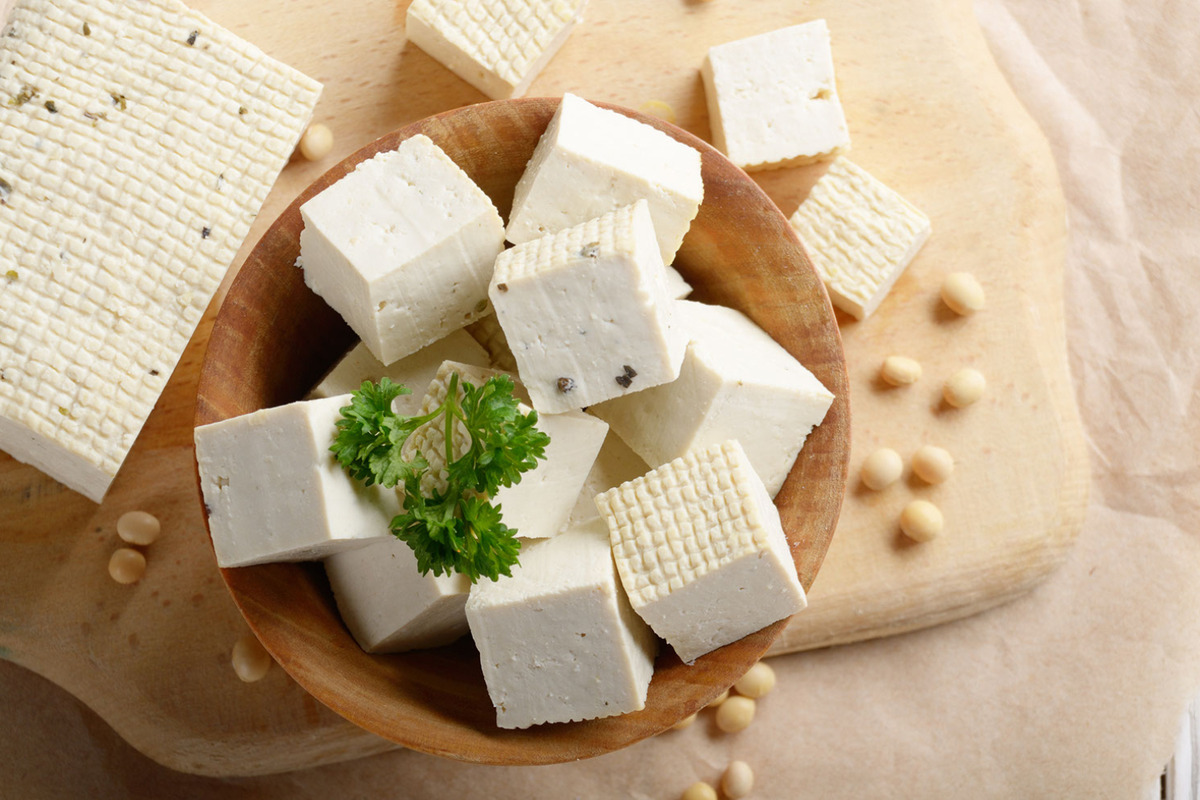
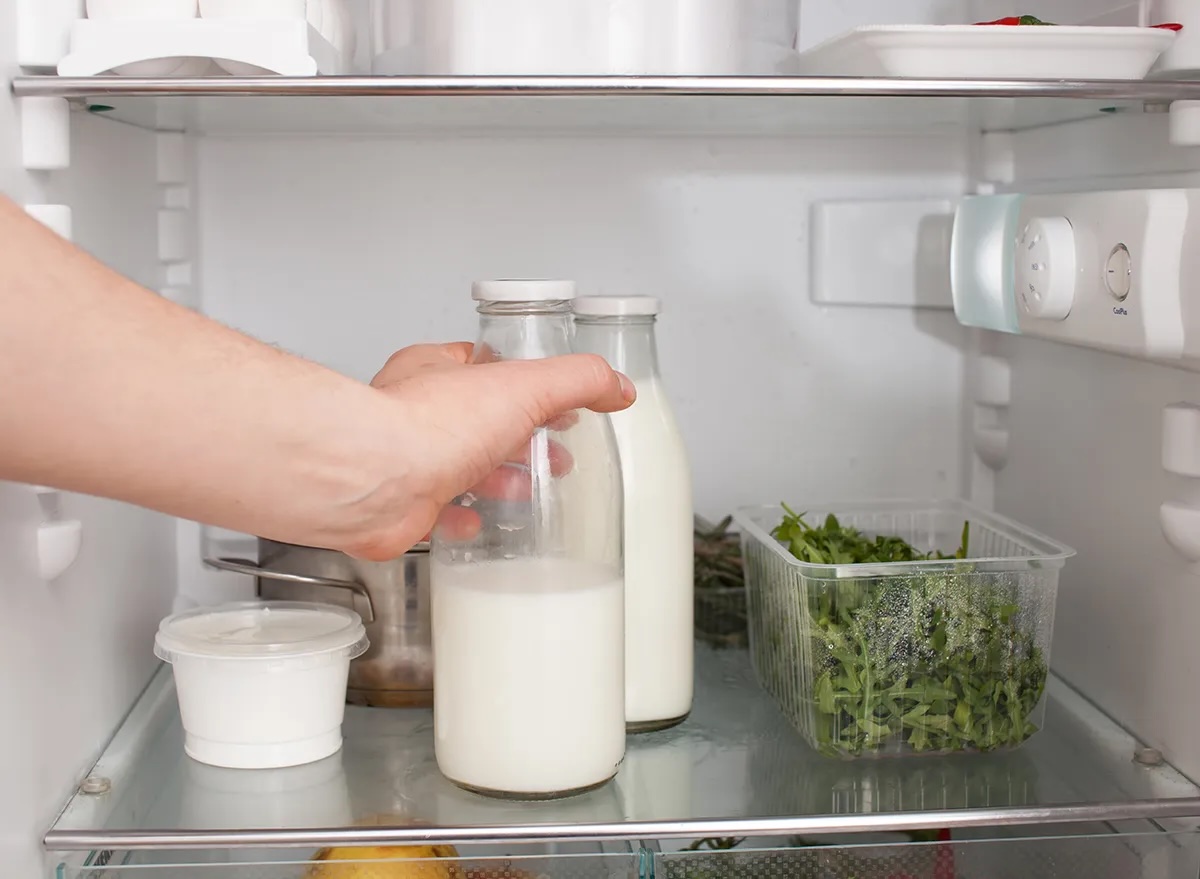
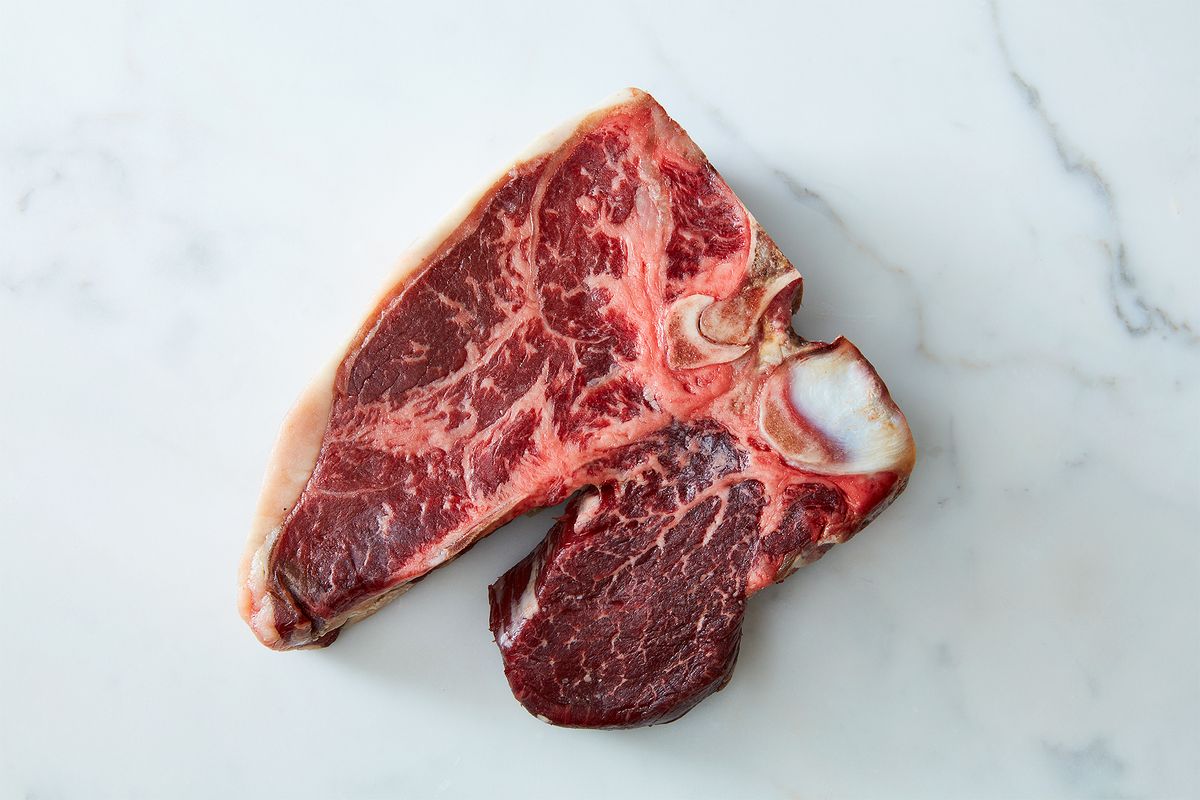
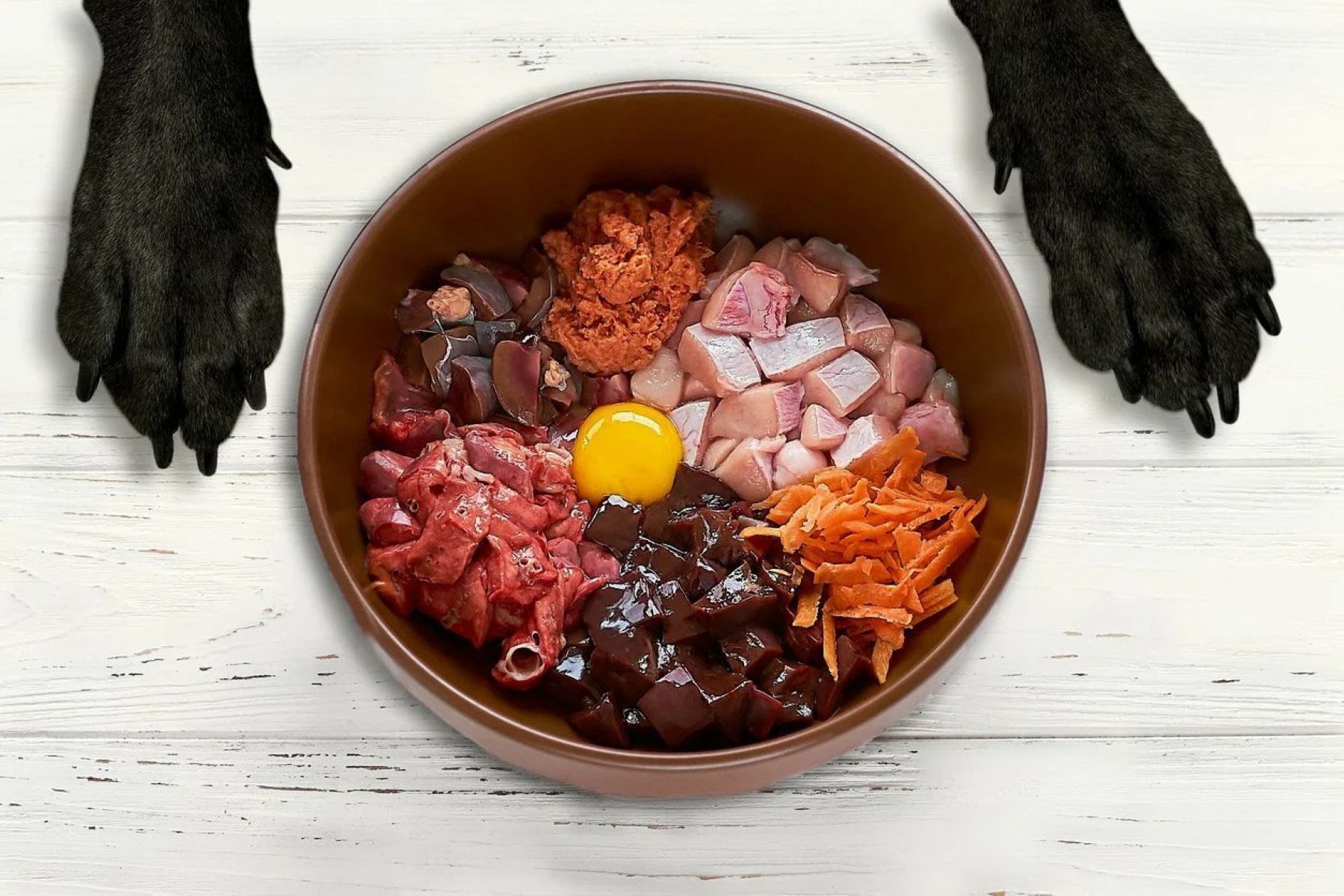
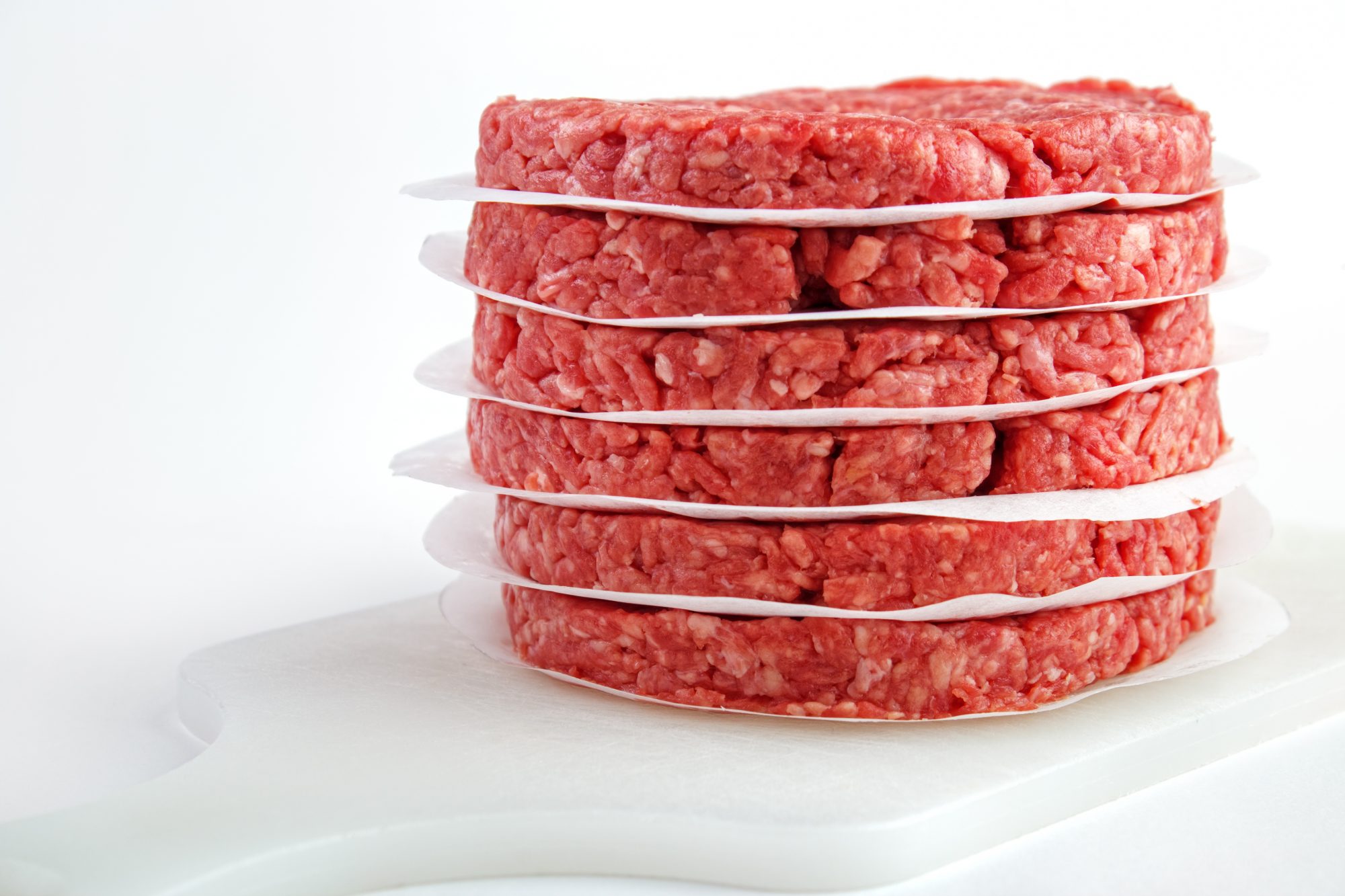
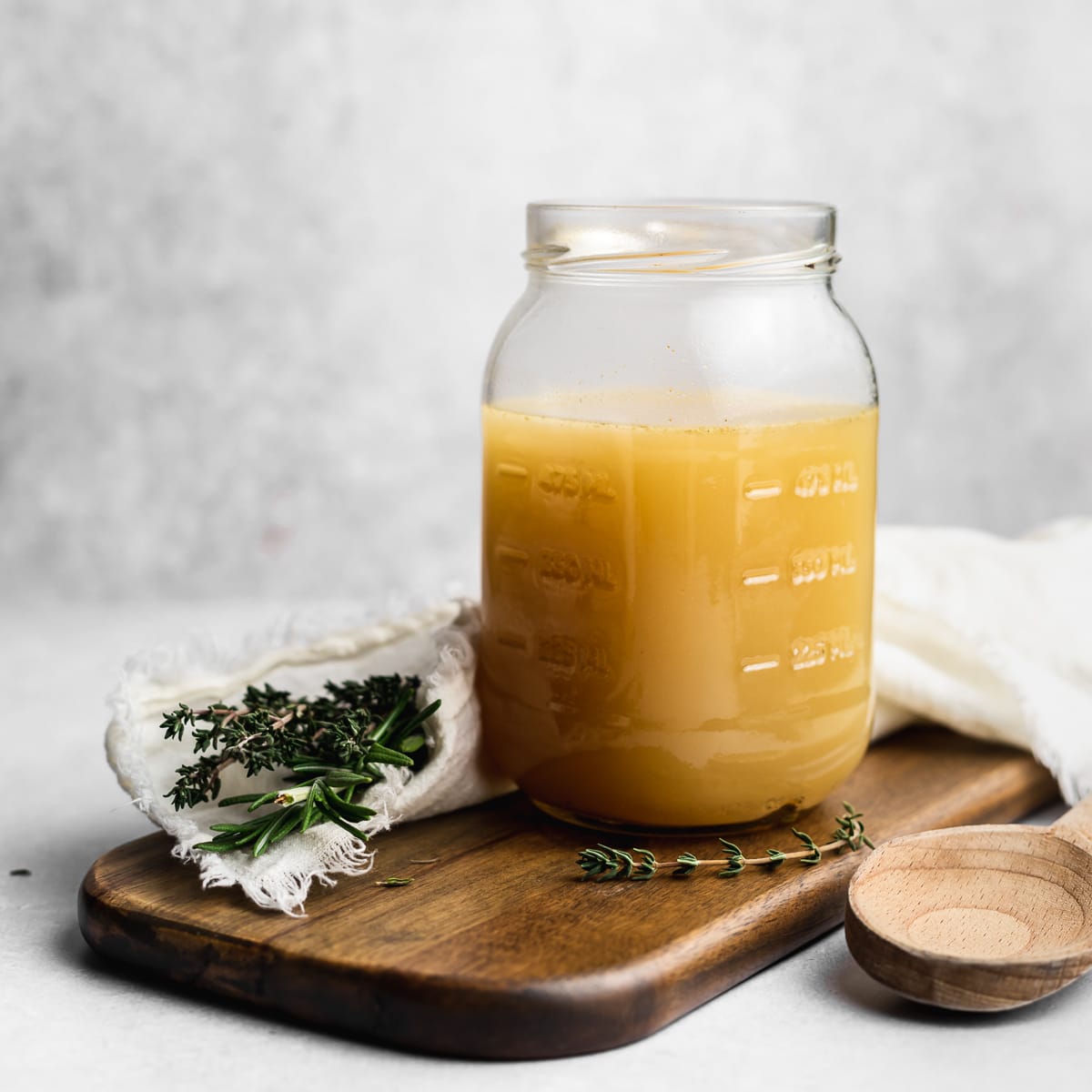
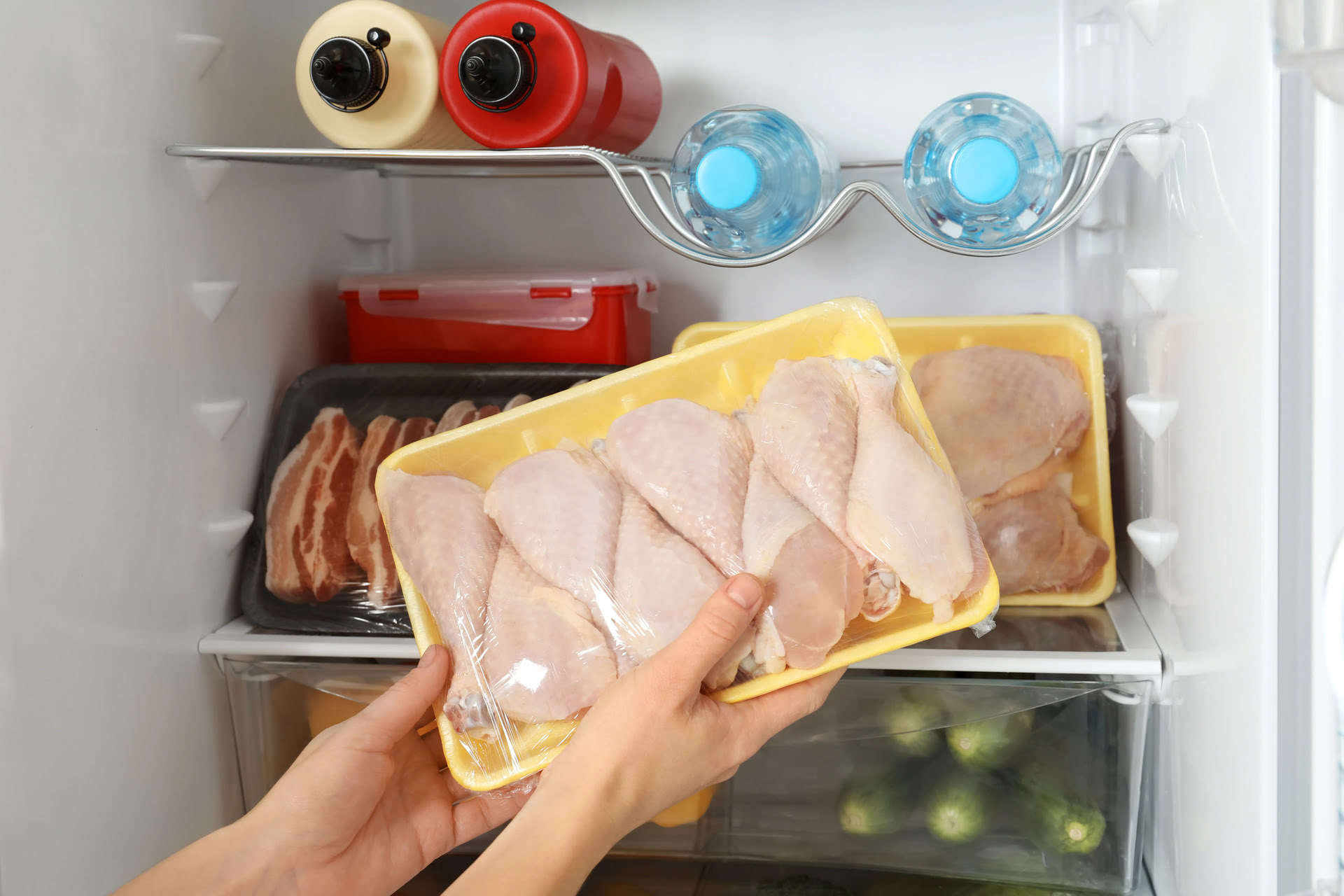
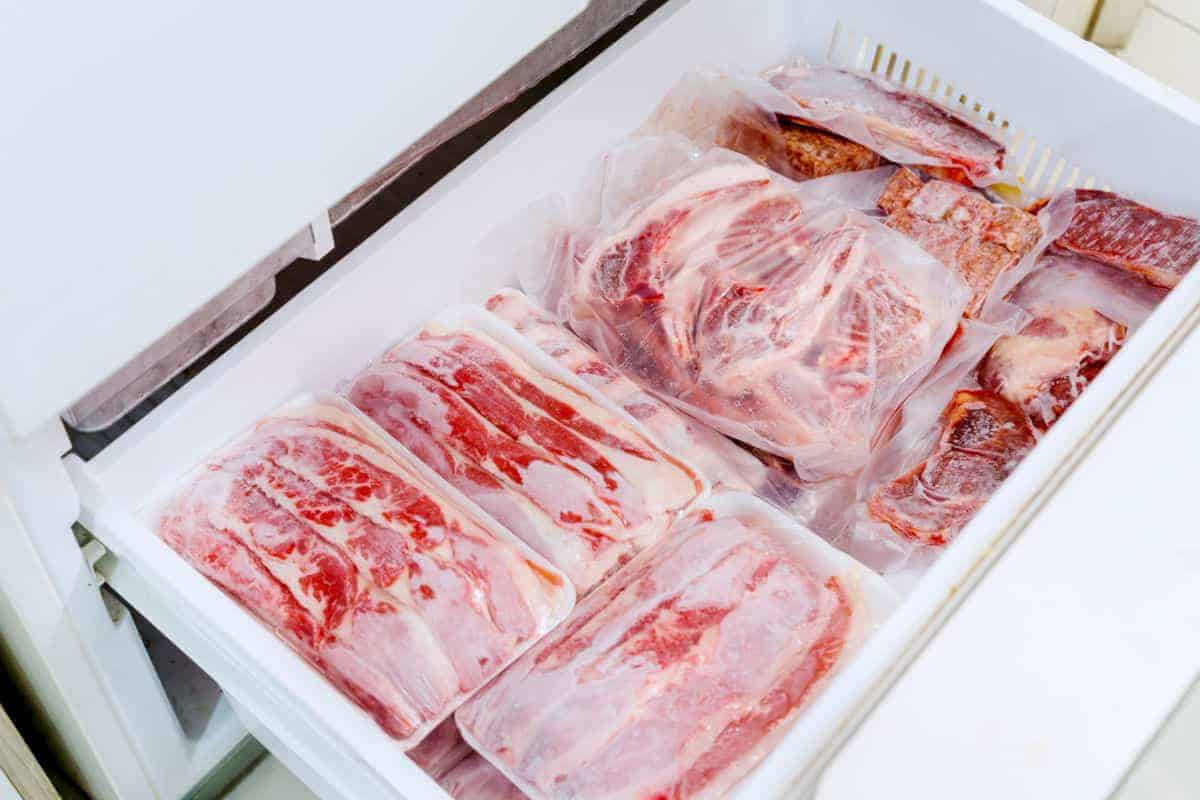
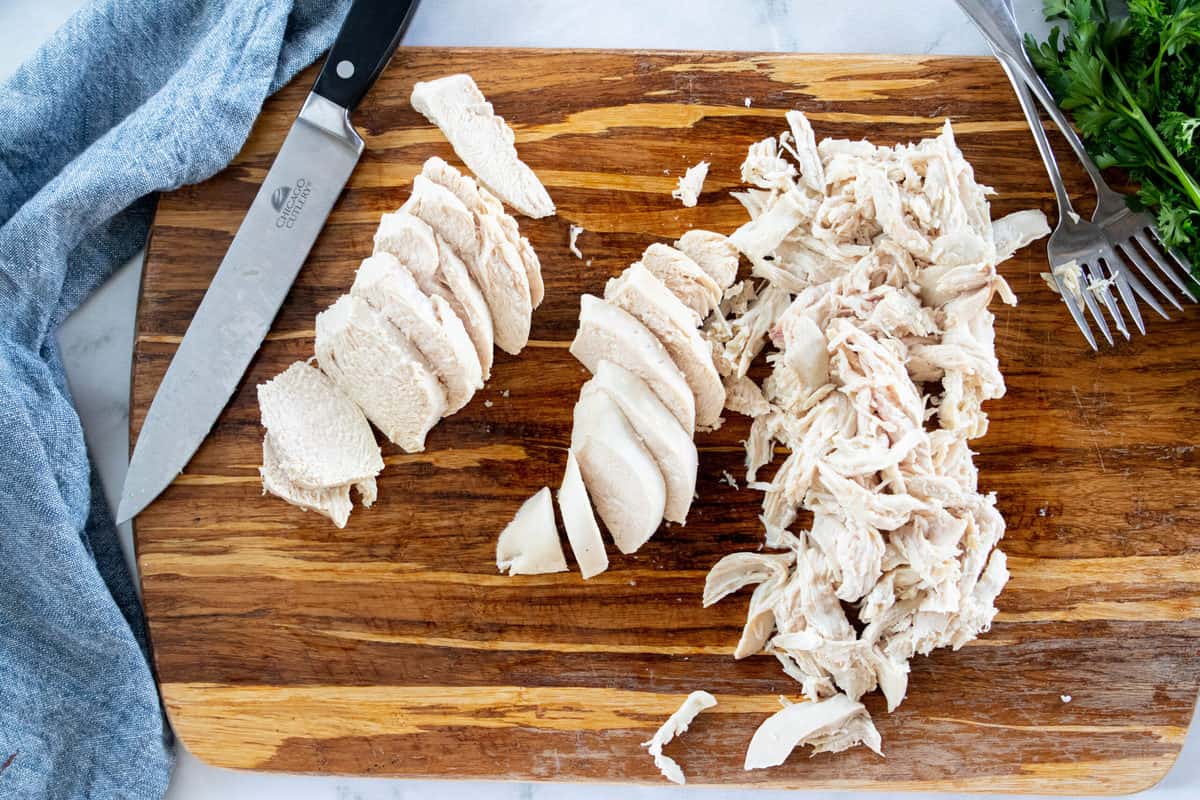
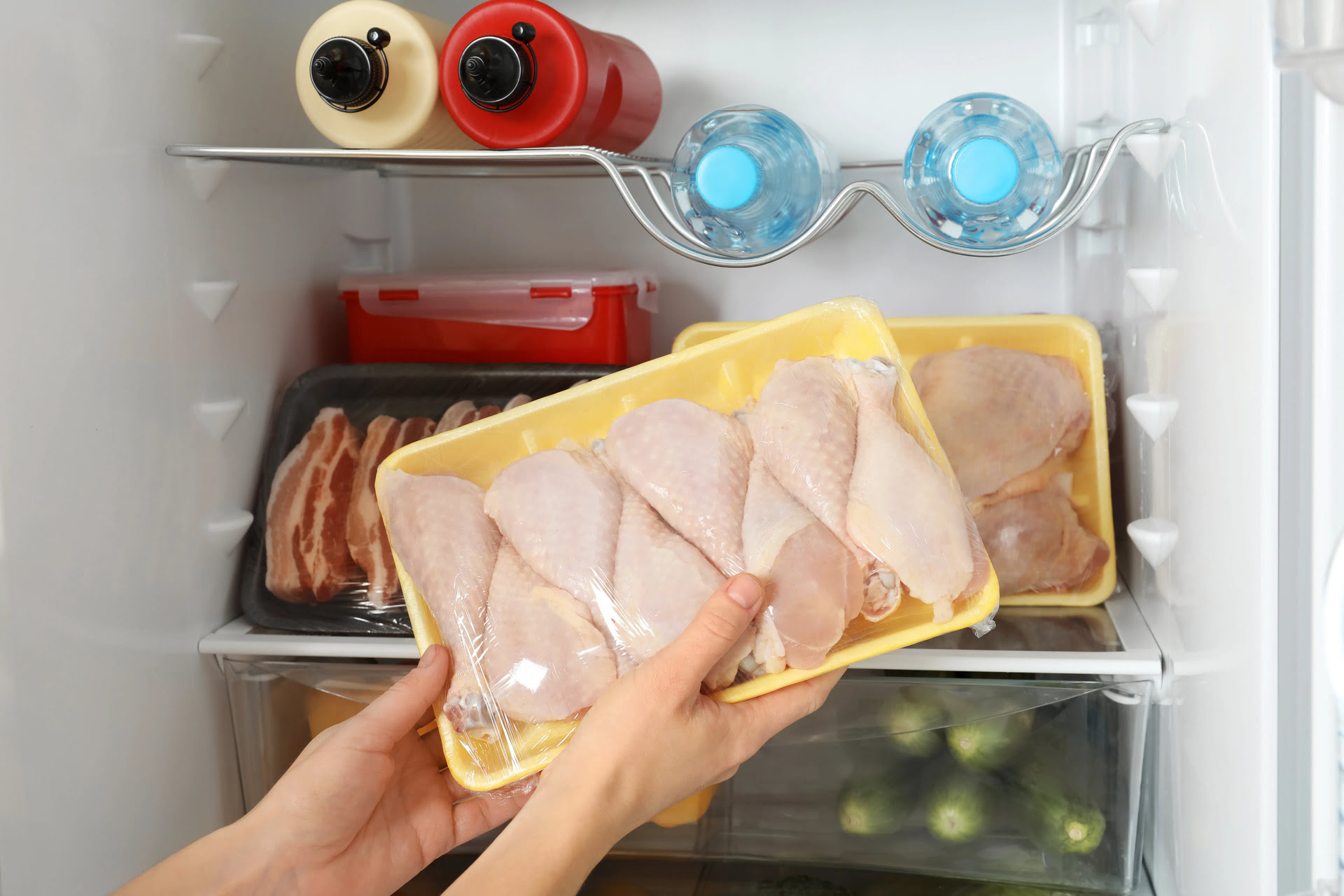
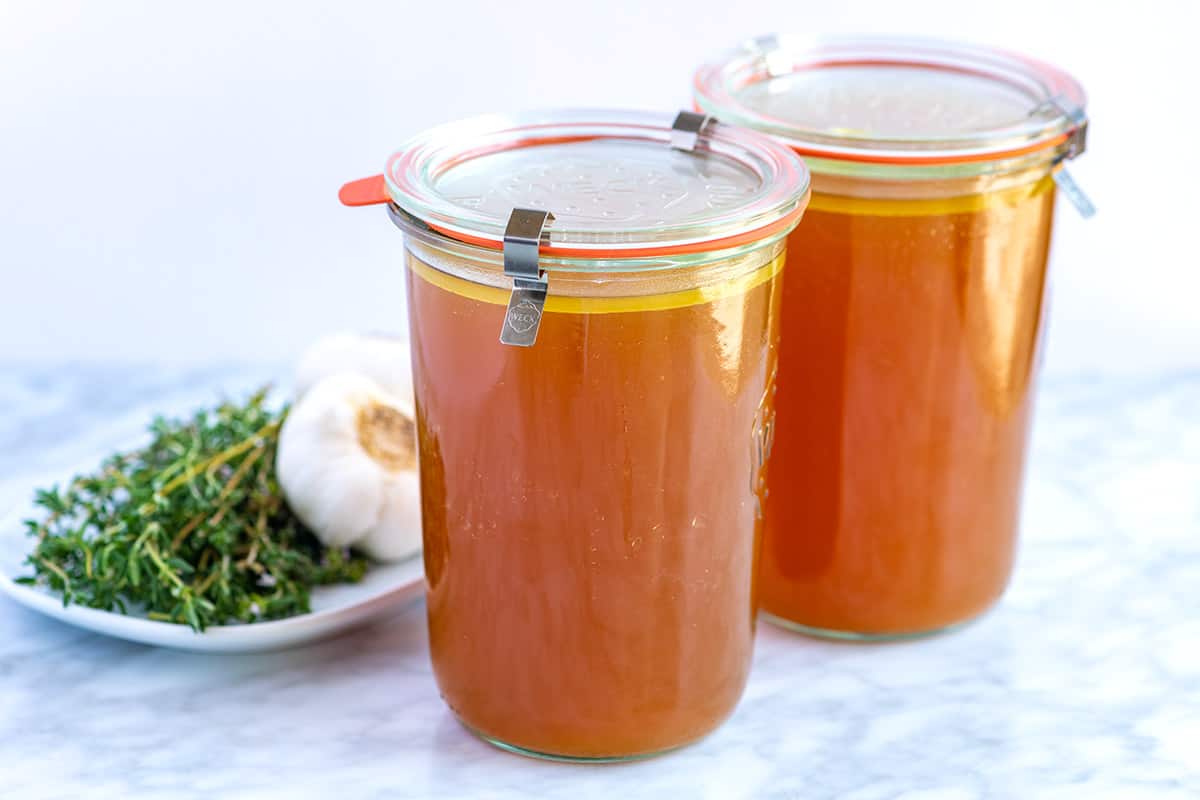
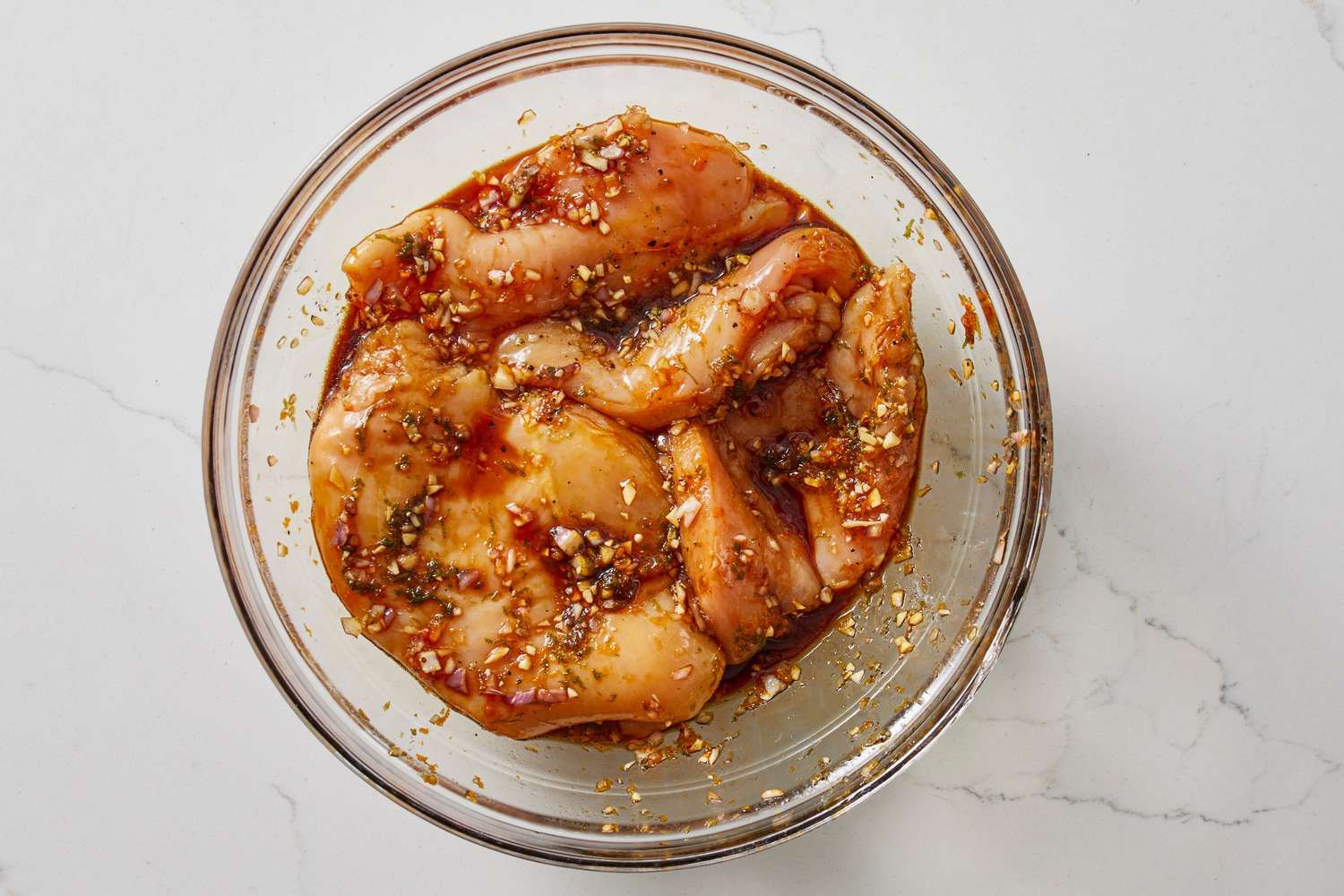
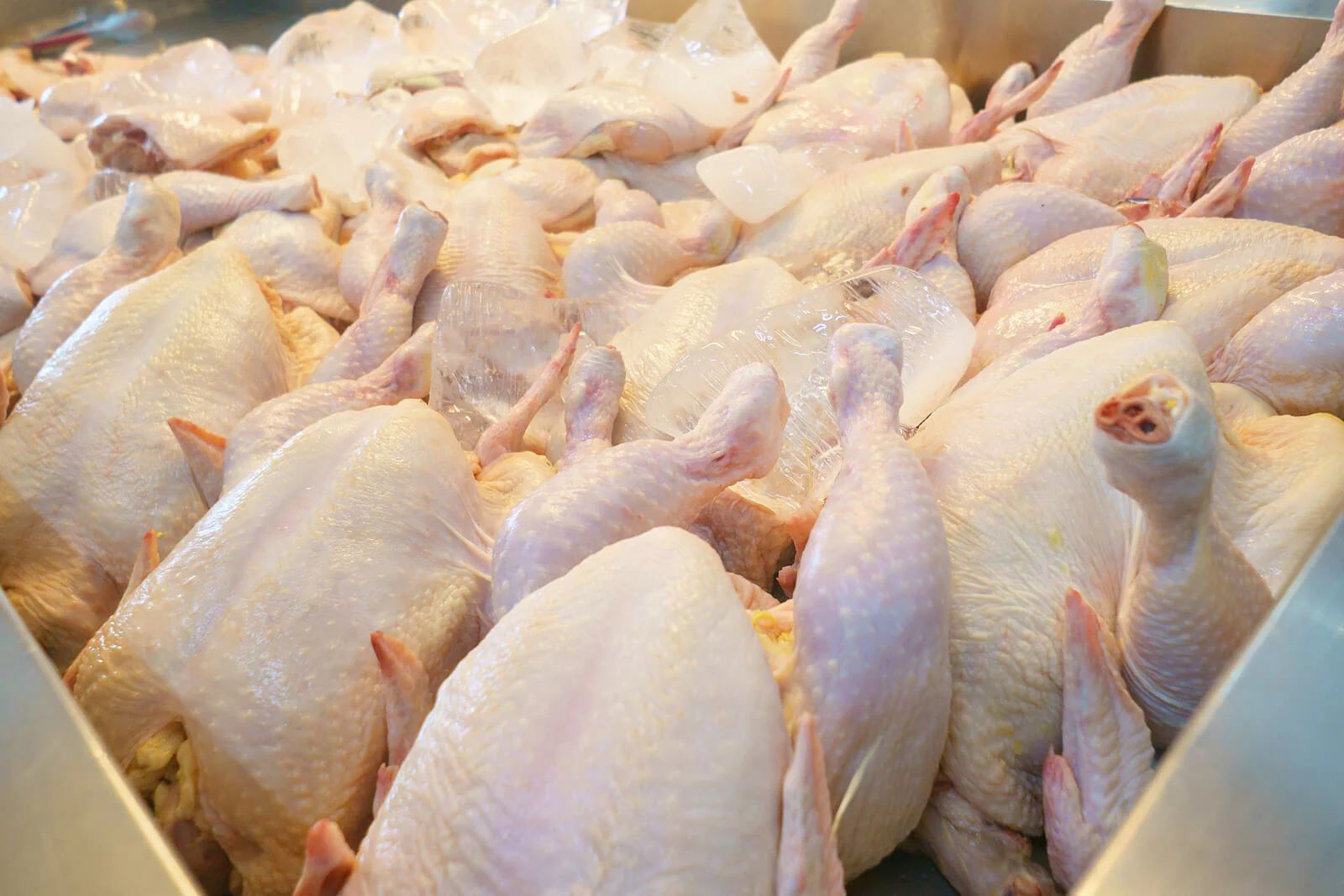

0 thoughts on “How To Store Raw Chicken”